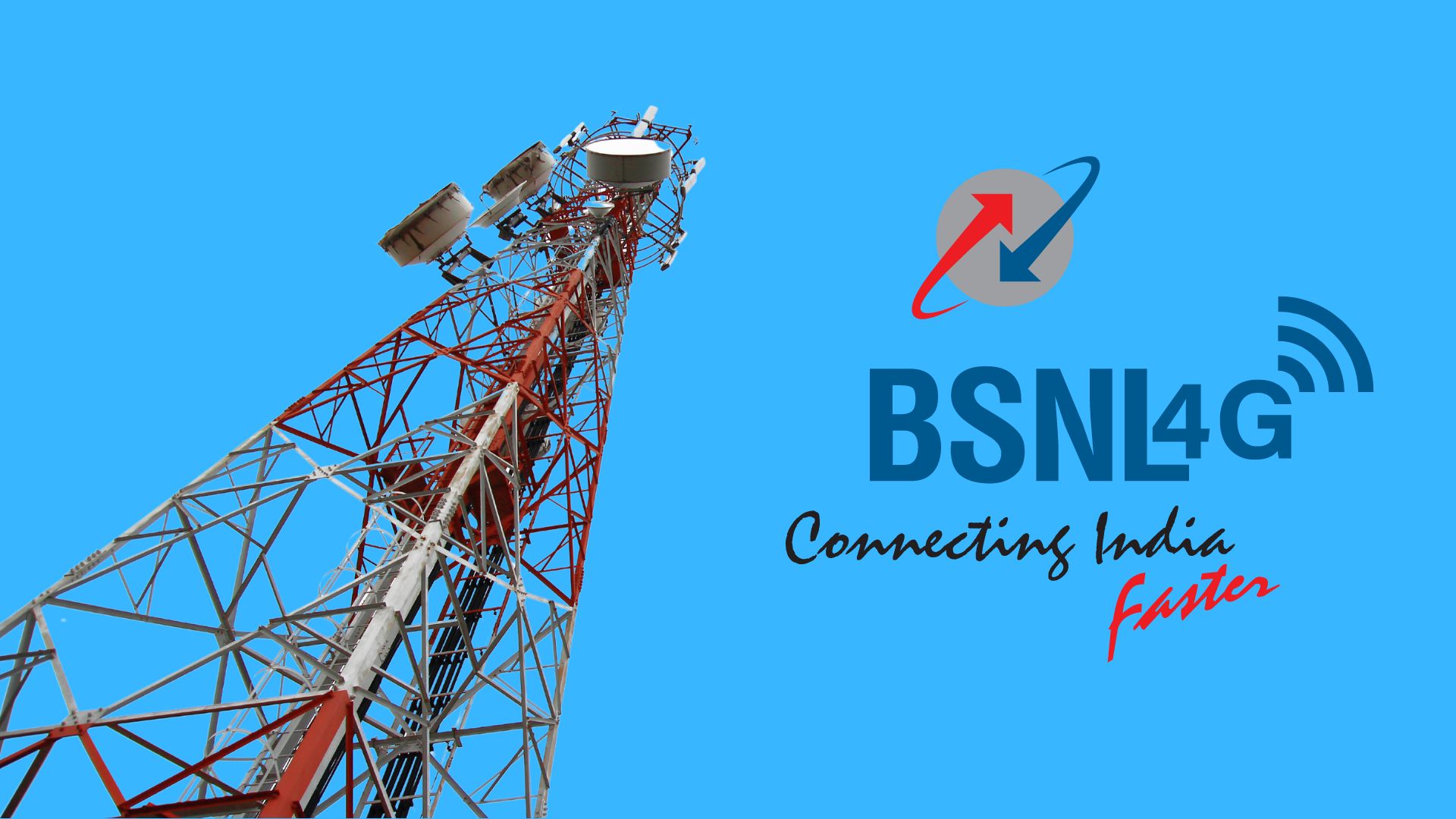 Bharat Sanchar Nigam Limited (BSNL) intends to launch its 4G network nationwide very soon, this year. The company is currently testing 4G on 200 towers in three districts of Punjab: Ferozepur, Pathankot, and Amritsar.
Bharat Sanchar Nigam Limited (BSNL) intends to launch its 4G network nationwide very soon, this year. The company is currently testing 4G on 200 towers in three districts of Punjab: Ferozepur, Pathankot, and Amritsar.
BSNL has issued advance purchase orders worth Rs. 15,700 crores to Tata Consultancy Services (TCS) – consortium for the deployment of 100,000 4G stations. This order is likely to provide a much-needed boost to BSNL, which is quickly losing users due to a shortage of 4G capabilities. The paradox is that this is happening at a time when private players are making strides with 5G services!
The telecom can shortly announce the debut of its 4G service since orders are already in place.
According to the Telecom Regulatory Authority of India (TRAI), BSNL had a market share of only 9.27% in the mobile segment in March 2023, with 103.68 million users. Meanwhile, Reliance Jio, Bharti Airtel, and Vodafone Idea have a combined market share of 90.73%. BSNL appears to be fast losing its consumers. According to the TRAI monthly subscription reports, in the month of March 2023, the company lost around 50,000 members to its competitors. BSNL also performs poorly regarding active users, with only 53.7% active users in March 2023. It signifies that half of its subscribers are inactive. They could be using the networks as an alternative.
State-owned Bharat Sanchar Nigam (BSNL), formerly the industry leader in home internet and wireline services, is now struggling to maintain its market share as Jio and Airtel rapidly expand their footprints. Apart from competition from private operators, the cause for BSNL’s decline in market share in the fixed home broadband area, according to analysts, is its lack of investment and poor quality offerings.
As of the end of February, the firm had 3.54 million FTTH subscribers, compared to Jio’s 8.02 million and Airtel’s 5.98 million, respectively. BSNL lost its lead in the market to Jio in November 2021, just two years after the commercial launch of JioFiber. Jio had only 0.8 million wired broadband connections in December 2019, whilst BSNL had 8.39 million users and Airtel had 2.42 million subscribers. In February 2023, Jio is the market leader, Airtel is rapidly increasing its market share through its last-mile partner network, and BSNL is battling to maintain its market share.
P K Purwar, CMD of BSNL, has confirmed that things are progressing quickly in the right direction. He also stated that BSNL’s 4G network will reach the country by the end of 2023. The company will begin implementing 4G networks in northern India initially, followed by coverage of the entire country. “After testing for about three months, we will be doing about 200 sites a day. That is the average at which we will go. So, it’s going to be a very good journey for BSNL,” Communications minister Ashwini Vaishnaw said at a launch event of the 200,000th 5G site. “Somewhere around coming November or December, just with a very small software adjustment, this (BSNL 4G) will become 5G,” He added.
For as long as one can remember, Bharat Sanchar Nigam Limited has been delaying the introduction of its 4G networks. Without diving into the reasons for the delay, let’s speak about what will happen once the state-run telco’s 4G network is operational. Assuming no further delays, BSNL should be able to begin delivering domestic 4G by the end of this year. If this happens, BSNL can cover the majority of the country with 4G within the following two years (about by the end of 2025).
Users would have shifted to paid 5G services by then. According to Nokia, Indians will migrate significantly to 5G in July 2023. According to Ericsson, 4G will reach its peak in India in 2024. Following that, 4G subscriptions would begin to decline. The present hot topic is the decline of 4G and how 5G will be replacing 4G in the near future. If this is the case; then it will be inconsequential even if BSNL were able to establish a statewide network coverage of its homegrown 4G by the end of 2025 or early 2026.
Is there nothing more that could be done for the revival of BSNL? How can this central public sector undertaking compete with the reigning tycoons in the telecommunication sector? The current allocation of 4G is definitely not the solution to the above questions!
Centre for Financial Accountability is now on Telegram. Click here to join our Telegram channel and stay tuned to the latest updates and insights on the economy and finance.

